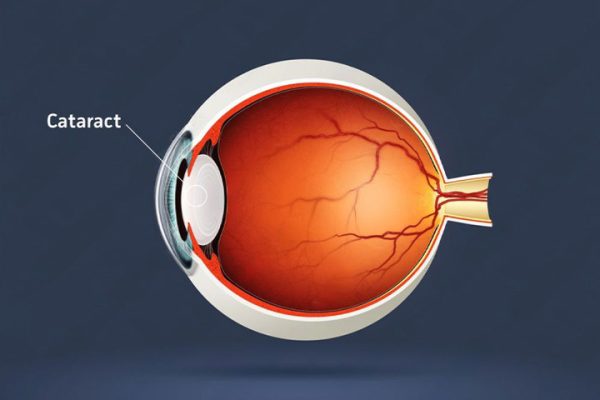What surgical techniques are available at BECC to remove the cataract?
BECC offers various advanced, cutting edge surgical techniques to treat cataract. Based on the type of cataract you have, your health condition and your lifestyle, the Ophthalmologist will recommend the best suitable option for you. The three commonly used surgical techniques are:-
Small Incision Cataract Surgery (SICS):
This is also a new technique where the cataract is removed manually through a slightly larger incision. This technique is used if your cataract is excessively hard, making phacoemulsification difficult.
Phacoemulsification:
- In this method a tiny instrument is inserted through a very small incision (approximately 2.2 to 2.8 mm wide).
- Ultrasound vibrations break the cataract into tiny pieces.
- These pieces are gently suctioned out.
Usually no stitches are required to close the incision. This minimally invasive surgery allows faster and safer healing, and you can return to your normal activities in no time.
MICS-Phacoemulsification: Here we use ultra small incisions like 1.2 to 1.8 mm. Such a small incision requires special equipments and special Intra -Ocular Lenses. The advantage is faster recovery, better visual results and reduction in infection rate.
What are the various lens options available at BECC?
Intra Ocular Lens (IOL) Options for cataract surgery Monofocal Lens
A Monofocal IOL is the basic type of lens implanted after cataract surgery. It is designed to provide clear distance vision. However, you will need glasses for reading and for close detailed work. There are various materials that a monofocal lens is available in.
ToricMonofocal Lens
It is used to correct corneal astigmatism. Corrects your vision for distance vision and cylindrical power (if any) and will require you to use glasses for near and intermediate work.
Aspheric Lens:
Most lenses have a spherical surface, which can induce aberrations in vision. Aspheric optics ensure better quality vision and enhanced contrast sensitivity. It also allows better night vision and visibility under low light condition.
Multifocal Lens
It is designed to help to see clearly at near, intermediate and far distance, and reduces the dependency on glasses. This does not mean that you can do away with glasses completely and may occasionally need glasses for very fine tasks at near and distance.
Multifocal Toric Lens
Corrects cataract and also astigmatism, provides clear vision for near, intermediate and far distance and reduces the dependency on glasses. This does not mean that you can do away with glasses completely and may occasionally need glasses for some fine tasks at near and distance


